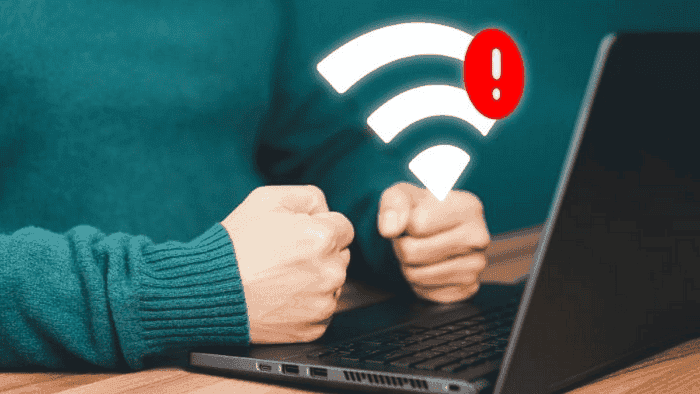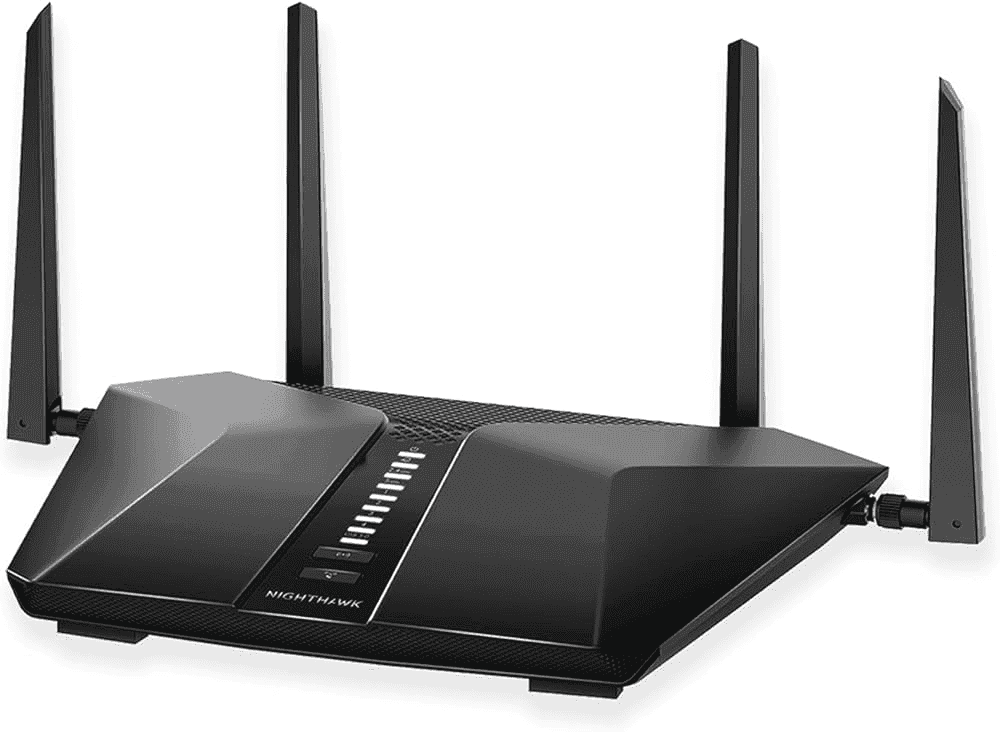How to’s | GuidesTech
- 7 Easy Tips For Improving Your Wi-Fi Signal
- Simple and Easy Tips for Improving Wi-Fi Signal Coverage
- 1. Upgrade to a Modern Router
- 2. Give Your Router Some Breathing Room
- 3. Extend Your Reach with a WiFi Extender
- 4. Keep Your Router Firmware Updated
- 5. Consider a Long-Range Router to Boost Wi-Fi Signal
- 6. Boot Freeloaders Off Your Network
- 7. Run a Speed Test
7 Easy Tips For Improving Your Wi-Fi Signal
Marco Lancaster
January 11, 2025

A weak WiFi signal is like the ultimate buzzkill in the digital age. It’s that annoying moment when your favorite show starts buffering right at the best part or your online game freezes just as you’re about to win. Frustrating, right? Don’t worry, though—this guide (via) has your back. We’ll break down some easy, affordable tips to boost your WiFi signal so you can stream, game, and browse without a hitch. Let’s get you back to smooth, no-stress surfing in no time!
Simple and Easy Tips for Improving Wi-Fi Signal Coverage
There are easy ways to improve your Wi-Fi signal, and you don’t need to be a technician. The tips below enhance your knowledge and prepare you for easy Wi-Fi improvements regardless of your environment. So, if you’re experiencing signal outbreaks, follow this guide. If you just want to make it better, follow it as well! So without further ado, let’s dive into the 7 tips.
1. Upgrade to a Modern Router
Your router is like the heart of your home network; if it’s outdated, it might be holding you back. Upgrading to a modern router with the latest wireless standards—like WiFi 6 (802.11ax)—can make a world of difference. WiFi 6 delivers faster speeds, smoother performance, and stronger coverage, especially when you’ve got a bunch of devices connected all at once. Whether you’re streaming in 4K, gaming online, or running a smart home, a newer router can keep up with your needs.

2. Give Your Router Some Breathing Room
Let’s face it, routers aren’t the prettiest gadgets, but hiding them away in a closet or behind the TV is doing your WiFi signal no favors. Routers work best when they’re out in the open, with as few obstacles as possible. Make sure the antennas are pointing upward for optimal coverage. For the best results, place your router in a central spot, preferably near the areas where you need WiFi the most—like your living room, office, or gaming setup. It’s a small change that can make a big difference!
Join GizChina on Telegram
3. Extend Your Reach with a WiFi Extender
Struggling with WiFi dead zones? A range extender might just be your new best friend. These handy gadgets amplify your router’s signal to help it reach those hard-to-cover corners of your home or office. While extenders won’t make your WiFi faster, they’ll give you more consistent connectivity across a larger area. Affordable and easy to set up, options like the Netgear range extender can expand your coverage without costing a fortune. Say goodbye to dead zones and hello to better WiFi everywhere!
4. Keep Your Router Firmware Updated
Your router isn’t a “set it and forget it” kind of device—it needs a little love to keep running smoothly. Firmware updates, released by the manufacturer, can boost performance, fix bugs, and tighten up security. It’s like giving your router a quick tune-up. Just head to your router’s support page or login settings to check for updates. This simple step could make your WiFi faster and more reliable in no time!

5. Consider a Long-Range Router to Boost Wi-Fi Signal
Do you have a house full of people streaming, gaming, and working all at once? A standard router might not be able to keep up. That’s where a long-range router comes in handy. Designed for heavy-duty performance, these routers can handle dozens of devices and cover large areas with ease. For example, some routers can manage up to 25 devices and provide coverage for spaces up to 2,500 square feet. It’s a game-changer for tech-packed homes and offices!
6. Boot Freeloaders Off Your Network
Sharing WiFi is great—until someone you didn’t invite starts hogging your bandwidth. If your connection feels slower than usual, freeloaders could be the problem. Secure your network with WPA encryption (it’s way harder to crack than WEP) and keep your password strong. If you suspect someone’s sneaking in, tools like MoocherHunter can help identify and boot unauthorized users. A quick check: if your router’s wireless light blinks when no devices are connected, it’s time to kick out those WiFi moochers!

7. Run a Speed Test
Still, dealing with sluggish WiFi after trying everything? Time to put your connection to the test. Visit Speedtest.net to see how fast your network is, then compare those numbers to the speeds you’re paying for. If your results fall short, the issue might be with your internet provider, not your setup. Some providers throttle speeds during peak hours, which can drag your connection down. If this keeps happening, consider switching to a provider that won’t limit your bandwidth. You deserve the speeds you’re paying for!
Disclaimer: We may be compensated by some of the companies whose products we talk about, but our articles and reviews are always our honest opinions. For more details, you can check out our editorial guidelines and learn about how we use affiliate links.
Source/VIA :
Hostdime